Amiga
games list! |
| Total reviews! |
Handheld: 57 16/32bit Computers: 830 8bit Computers: 413 8bit Consoles: 58 16bit Consoles: 78 32/64bit Consoles: 107 128bit Consoles: 28 |
| OnLine members |
| Currently: 16 |
 |
| Best on 8bit micro! |
International Karate + - Commodore64 Xyphoes Fantasy - AmstradCPC Arkanoid II - AmstradCPC Pang - AmstradCPCPlus Wrath of the Demon - Commodore64 Night Hunter - AmstradCPC Barbarian - AmstradCPC Prince of Persia - SamCoupe Lemmings - SamCoupe |
| Best on 16bit micro! |
Turrican II - Amiga Shadow of the Beast - Amiga Jim Power - Amiga Agony - Amiga Turrican 2 - AtariST Project X - Amiga Super Frog - Amiga Flashback - Amiga Dark Seed - Amiga Flashback - Archimedes Warlocks - Archimedes Cannon Fodder - Amiga Turrican II - PC Universe - Amiga Hurrican - PC Tyrian - PC Super Stardust - AmigaAGA Pac-Mania - X68000 |
| Best on 8bit consoles! |
Pac-Mania - MasterSystem The NewZealand Story - MasterSystem Pang - GX4000 Batman Return of The Joker - nes Battletoads & Double Dragon - nes |
| Best on 16bit consoles! |
Jim Power - snes Donkey Kong Country - snes Aladdin - snes Comix Zone - Megadrive Alien Soldier - Megadrive Blazing Lazers - pcengine Raiden - pcengine Super Star Soldier - pcengine |
| Best on 32bit consoles! |
G-Darius - psone Super Mario 64 - n64 ISS Pro Evolution - psone Perfect Dark - n64 Dino Crisis 2 - psone Resident Evil 2 - psone Metal Gear Solid - psone Oddworld: Abe - psone Klonoa: Door To Phantomile - psone Medievil - psone Nights Into Dreams - Saturn Flashback - CDi |
| Total hits! |
| Puzzle! |
 |
| Random Old Ads! |
 |
| ||||||||||||||||||||||||||
| ||||||||||||||||||||||||||
| ||||||||||||||||||||||||||
 STORY / GAMEPLAY STORY / GAMEPLAY You control a spaceship (viewed from above) and you must destroy all the asteroids and other space debris or alien spacecrafts that move around you. You use your laser guns and collision shield to protect your ship and complete the level. Each world is divided into 6 different levels, with increased difficulty. At the end of each level you must battle against a gigantic mother-ship to fly to the next world. Upon travelling to the next world the camera perspective changes to a 3D-style shooter game (you see the enemies coming from the background) like Space Harrier. The gameplay is pretty addictive even if you are not an Asteroids fan since Stardust takes the series to a much higher and more impressive status. You can also collect a variety of bonuses by shooting enemies. These are vital and will help you upgrade your weapons, increase the ship's energy and recharge your shields. GRAPHICS / SOUND Stardust is very impressive, from the great introduction that looks like a Star Wars intro to the in-game action. Although there is no background scrolling, the sprites are pre-rendered and move fast and smooth around the screen. Each level is superbly detailed, having a variety of animated scenes. The animation is flawless and the visuals feature a wide variety of metallic colors. The sprites (from starships to moving rocks) are all pre-rendered and they move smoothly around you. I must also admit that the 3D perspective stages are way too impressive! Note that the Amiga version offers up to 32 colors on screen (the STE version uses up to 16) and although Amiga could easily use more simultaneous colors (say, an EHB-mode with 64 colors) the graphics look great. The game's sound features in-game techno music and sampled stereo effects (lasers, explosions, a robotic voice that announces bonuses and more). Comparably, the Amiga version has minor differences when compared to the Atari STE except of the larger color palette and the screen mode. | ||||||||||||||||||||||||||
 |
| ||
| ||||
| ||||
| ||
| ||||||||
|
|
| ||||||
| ||
Amiga 500/500+
| ||
| read more... | ||
| The Amiga 500/500+ (default) color palette | ||
 | ||
| 12bit RGB 4096-colors palette (32 to 4096 colors on screen) | ||
| ||
| No comments added yet | ||
| Login to leave your message! |
| Our featured games |
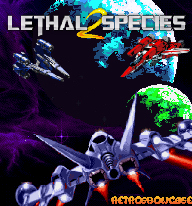 |
| Play old-school now! |
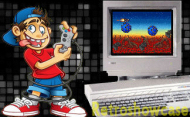 |
| Music Player! |
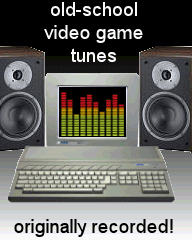 |
| Play ZX on-line!! |
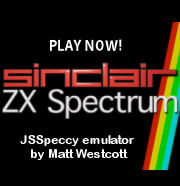 |
| Play CPC on-line!! |
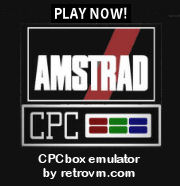 |
| Boot Screens! |
 |
| Retro-games Trivia! |
 |
| Old-school Crossword! |
 |
| Is this my palette? |
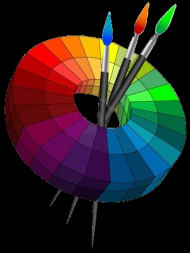 |
| The logo evolution! |
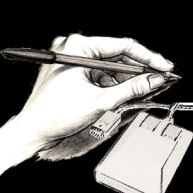 |
| Manuals! |
 |
| Beat them All! |
 |




 8.0
8.0
















 CPU: Motorola MC68000 7.16 MHz
CPU: Motorola MC68000 7.16 MHz